Pollinators like bees, butterflies, hummingbirds, and even beetles play a vital role in the ecosystem—and in your own garden’s productivity. Without them, many fruits, vegetables, and flowers wouldn’t exist. Creating a pollinator-friendly space not only helps the environment but also turns your yard into a vibrant, buzzing paradise.
The good news? You don’t need a big budget or a fancy landscape design to make it happen. With a few smart choices and some creativity, you can build a pollinator garden that thrives without draining your wallet. Here’s a step-by-step guide to doing just that.
Why Pollinator Gardens Matter
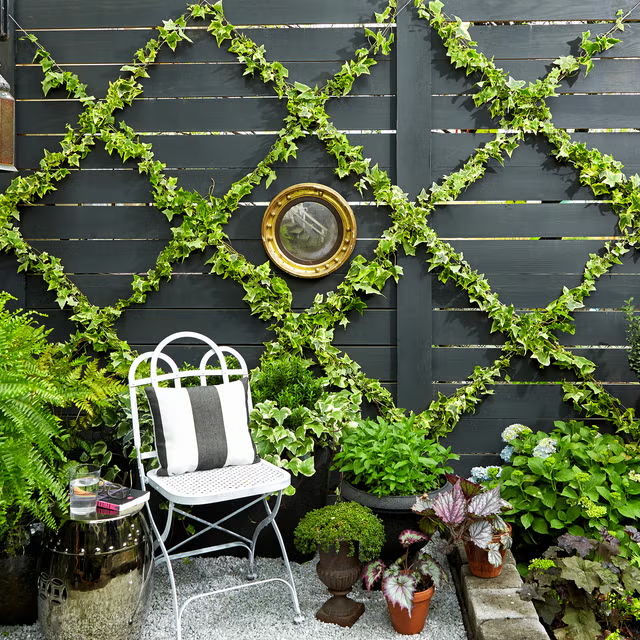
Pollinator populations are declining due to habitat loss, pesticides, and climate change. By dedicating even a small patch of your yard—or a few containers on your balcony—you provide food, shelter, and safe passage for these essential creatures.
Benefits include:
- Increased yields in fruit and vegetable gardens.
- Greater biodiversity and healthier ecosystems.
- Natural beauty from colorful flowers and fluttering visitors.
Step 1: Plan with Purpose (and Budget in Mind)
Before buying plants, take a moment to map out your space.
Tips:
- Start Small: A 3×3-foot plot or a few large pots can still make a difference.
- Choose Local: Native plants are cheaper, hardier, and more attractive to local pollinators.
- Think Long-Term: Invest in perennials that return year after year, reducing costs over time.
Budget Tip: Draw a simple sketch of your garden to avoid buying unnecessary plants or materials.
Step 2: Choose Affordable, Pollinator-Friendly Plants
Not all flowers are equal in the eyes of pollinators. Single-petal, nectar-rich blooms are best.
Budget-Friendly Plant Options:
- Native Wildflowers: Coneflowers, black-eyed Susans, milkweed, and coreopsis are often available as inexpensive seed packets.
- Herbs: Mint, thyme, oregano, basil, and lavender are inexpensive, useful in the kitchen, and loved by bees.
- Annuals: Zinnias, cosmos, and sunflowers provide vibrant color and nectar all season long.
- Perennials: Bee balm, echinacea, and goldenrod return each year, offering long-term savings.
Budget Tip: Look for seed swaps in your community or ask neighbors for cuttings.
Step 3: Prepare the Soil Without Breaking the Bank
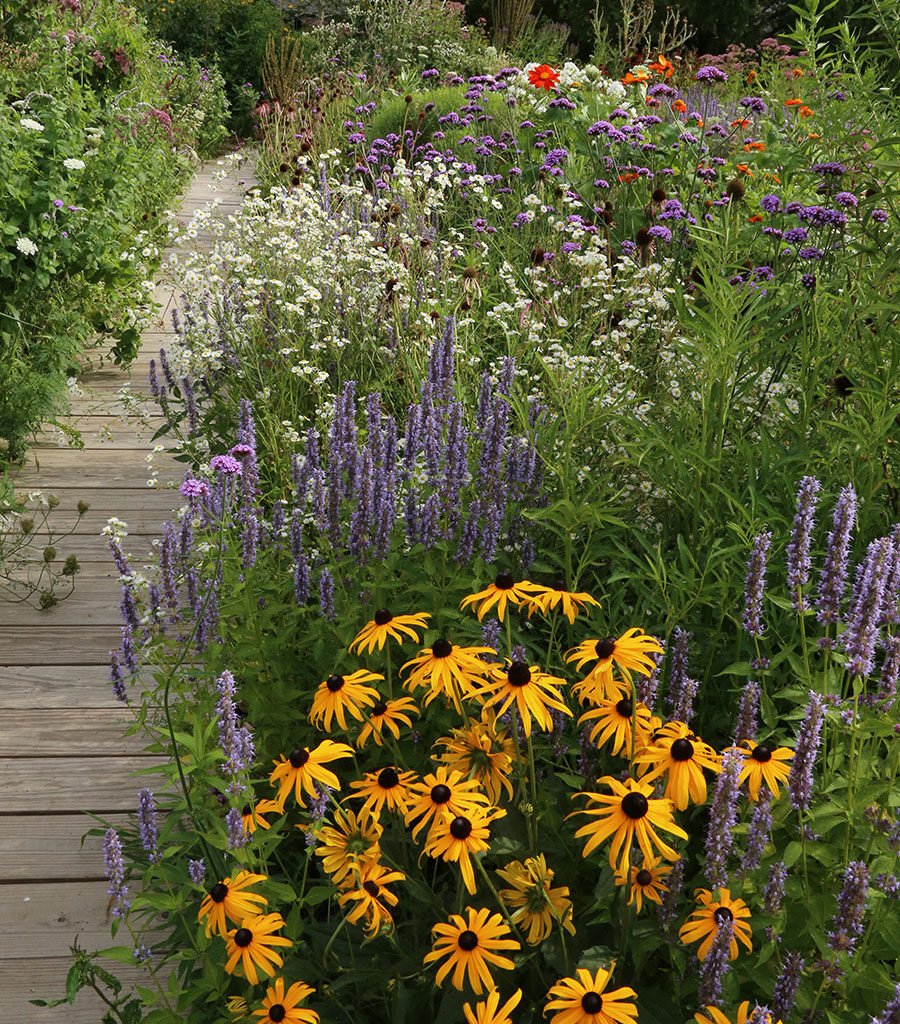
Healthy soil = healthy plants. But you don’t need costly fertilizers to get there.
Low-Cost Soil Boosters:
- Compost: Make your own from kitchen scraps and yard waste.
- Mulch Alternatives: Use shredded leaves, grass clippings, or straw instead of bagged mulch.
- Soil Testing: Many county extension offices offer free or cheap soil testing so you know exactly what your soil needs (and don’t overspend on amendments).
Step 4: Provide Water Sources for Pollinators
Pollinators need water as much as nectar. You don’t need a fancy fountain to provide it.
Budget-Friendly Water Ideas:
- Shallow dish filled with pebbles and water (for bees and butterflies to land safely).
- Upcycled birdbath from an old bowl or basin.
- A small rain garden that captures runoff for insects and birds.
Budget Tip: Change the water every few days to prevent mosquitoes.
Step 5: Add Shelter and Habitat
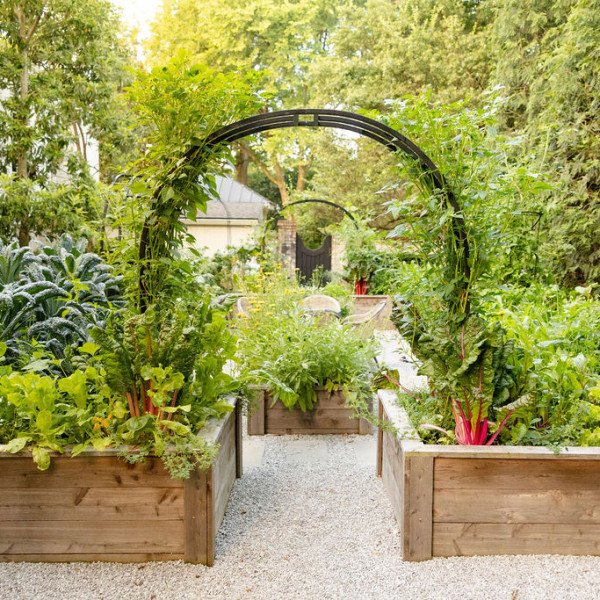
Pollinators need safe spaces to rest, nest, and overwinter.
Affordable Options:
- Bee Hotels: DIY with scrap wood or drilled logs.
- Butterfly Houses: Simple wooden boxes with vertical slits.
- Natural Shelter: Leave some bare soil patches for ground-nesting bees.
- Logs and Brush Piles: Offer homes for beetles and other beneficial insects.
Budget Tip: Resist the urge to over-clean your garden. Fallen leaves and sticks provide valuable habitat at no cost.
Step 6: Go Pesticide-Free
Chemical pesticides are harmful to pollinators, and organic gardening practices save money in the long run.
Alternatives:
- Hand-pick pests like caterpillars.
- Use homemade sprays (like diluted soap water) for minor infestations.
- Attract beneficial insects—ladybugs, lacewings, and praying mantises—to handle pests naturally.
Step 7: Stretch Your Budget with Smart Shopping
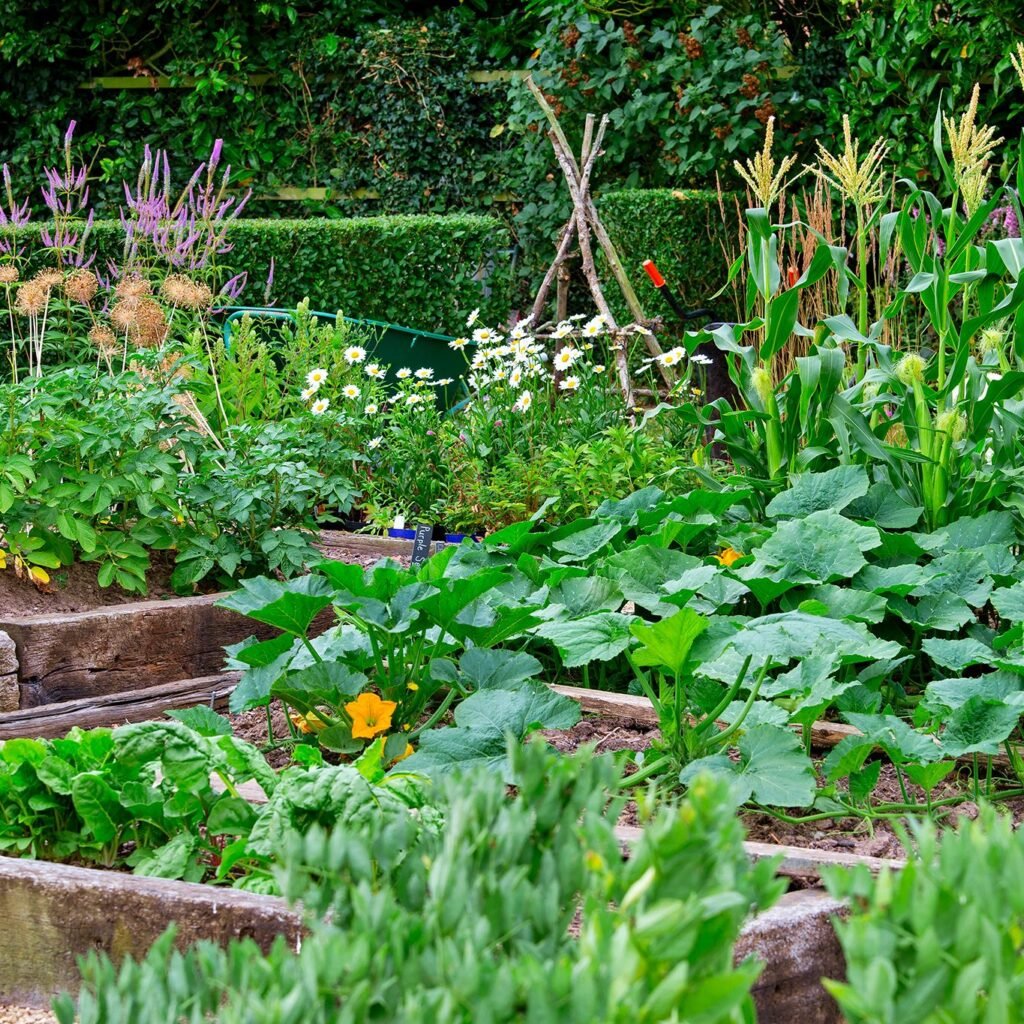
Creating a pollinator garden doesn’t mean buying everything brand new.
Money-Saving Hacks:
- Buy Seeds, Not Plants: A packet of seeds costs less and yields more.
- Share and Swap: Many gardeners exchange seeds and cuttings locally.
- DIY Containers: Upcycle buckets, barrels, or crates as planters.
- Shop End-of-Season Sales: Nurseries often discount plants at the end of summer—perfect for perennials that will bounce back next year.
Step 8: Design for Continuous Blooms
Pollinators need food year-round, not just in spring. Plant flowers that bloom in succession to keep nectar flowing.
Bloom Schedule Example:
- Spring: Crocus, phlox, and violets.
- Summer: Lavender, sunflowers, and bee balm.
- Fall: Goldenrod, asters, and sedum.
Budget Tip: Mixing annuals and perennials helps cover gaps in bloom times without overspending.
Step 9: Keep It Low-Maintenance
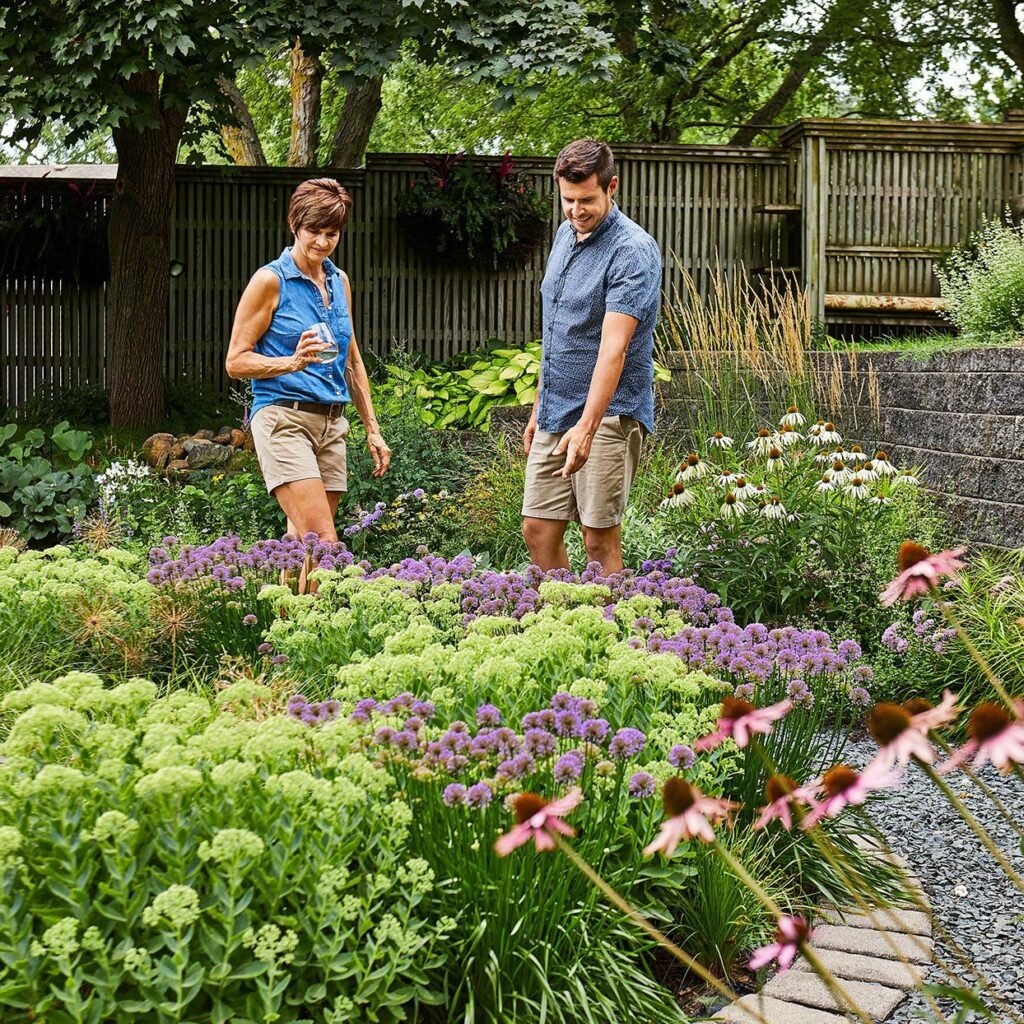
Pollinator gardens don’t need to be labor-intensive. In fact, less fuss often means a healthier habitat.
Low-Maintenance Tips:
- Mulch to suppress weeds and retain moisture.
- Group plants by water needs to avoid over-watering.
- Let some plants go to seed—pollinators love it, and you’ll have free seeds for next year.
The Rewards of a Budget Pollinator Garden
When your first bee buzzes in or a monarch butterfly lands on your milkweed, you’ll see the immediate payoff of your efforts. Beyond beauty, you’re contributing to the survival of essential species and making your garden more productive.
And the best part? You don’t need to spend hundreds of dollars to make it happen. With careful planning, resourcefulness, and a little creativity, a pollinator garden can be one of the most affordable—and rewarding—projects you’ll ever take on.
Final Thoughts
Starting a pollinator garden on a budget isn’t just possible—it’s practical, sustainable, and fun. By choosing the right plants, repurposing materials, and focusing on what pollinators truly need, you’ll create a thriving habitat that brings life, beauty, and abundance to your outdoor space.
Every flower you plant is an invitation to pollinators. With even the smallest effort, you’re helping bees, butterflies, and birds thrive while enjoying the vibrant, colorful garden you’ve always dreamed of.
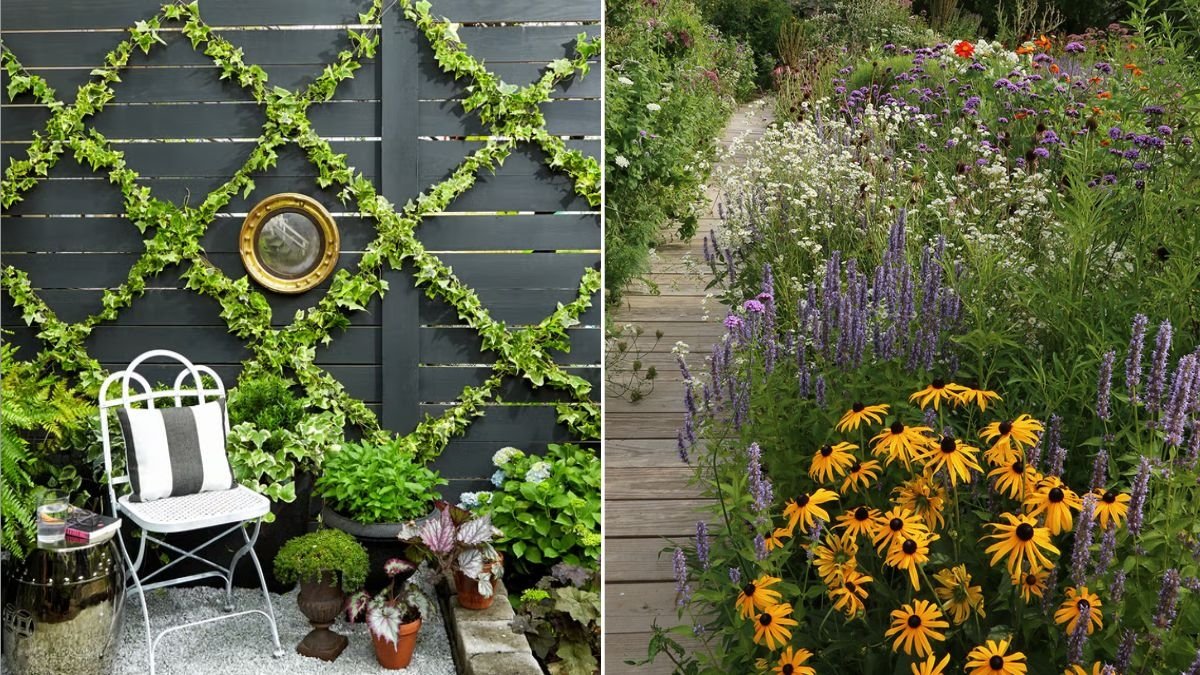
Leave A Comment